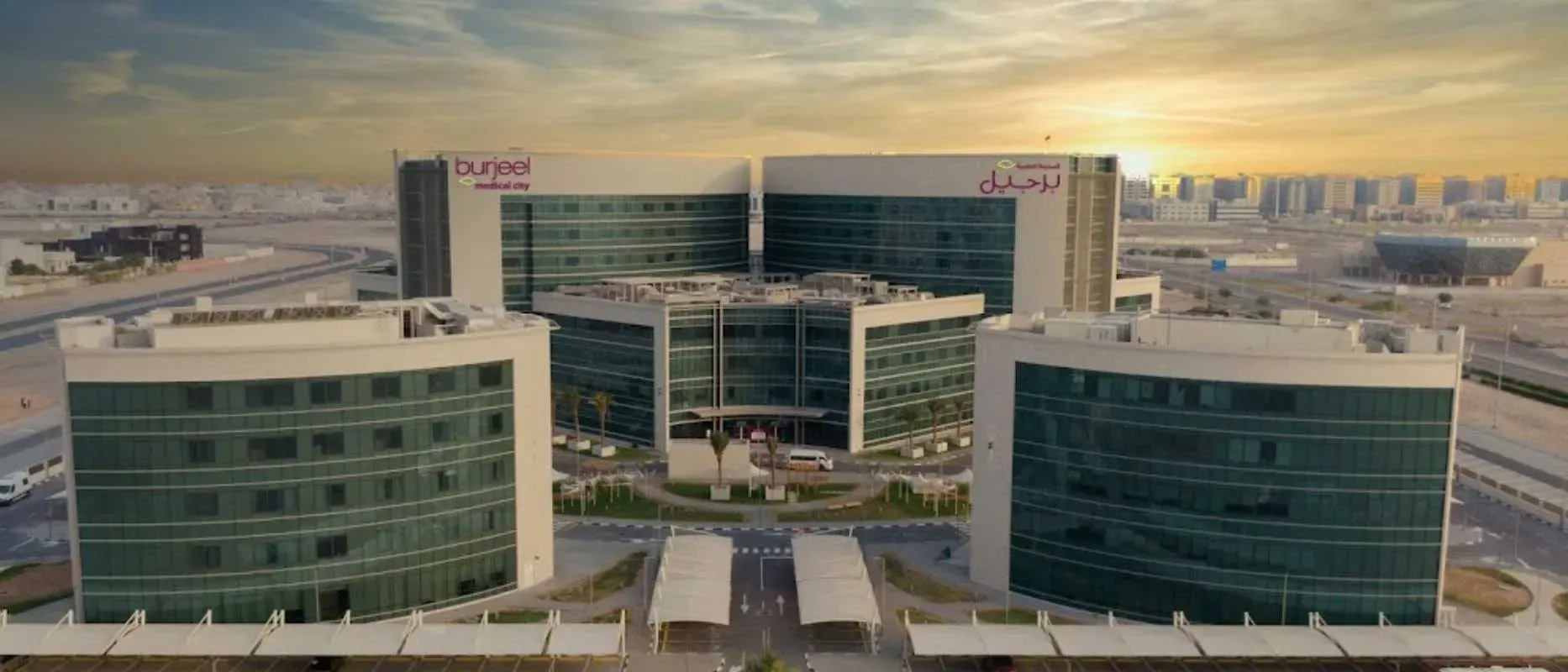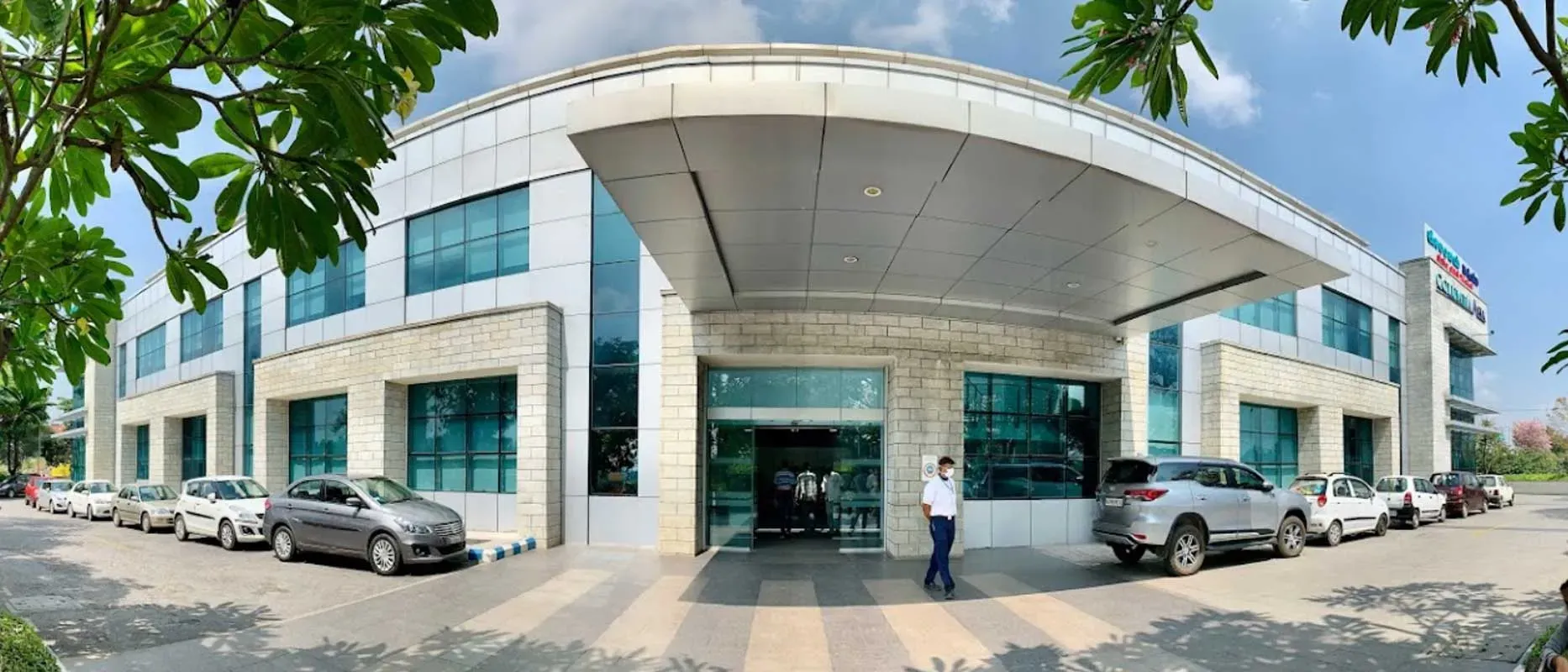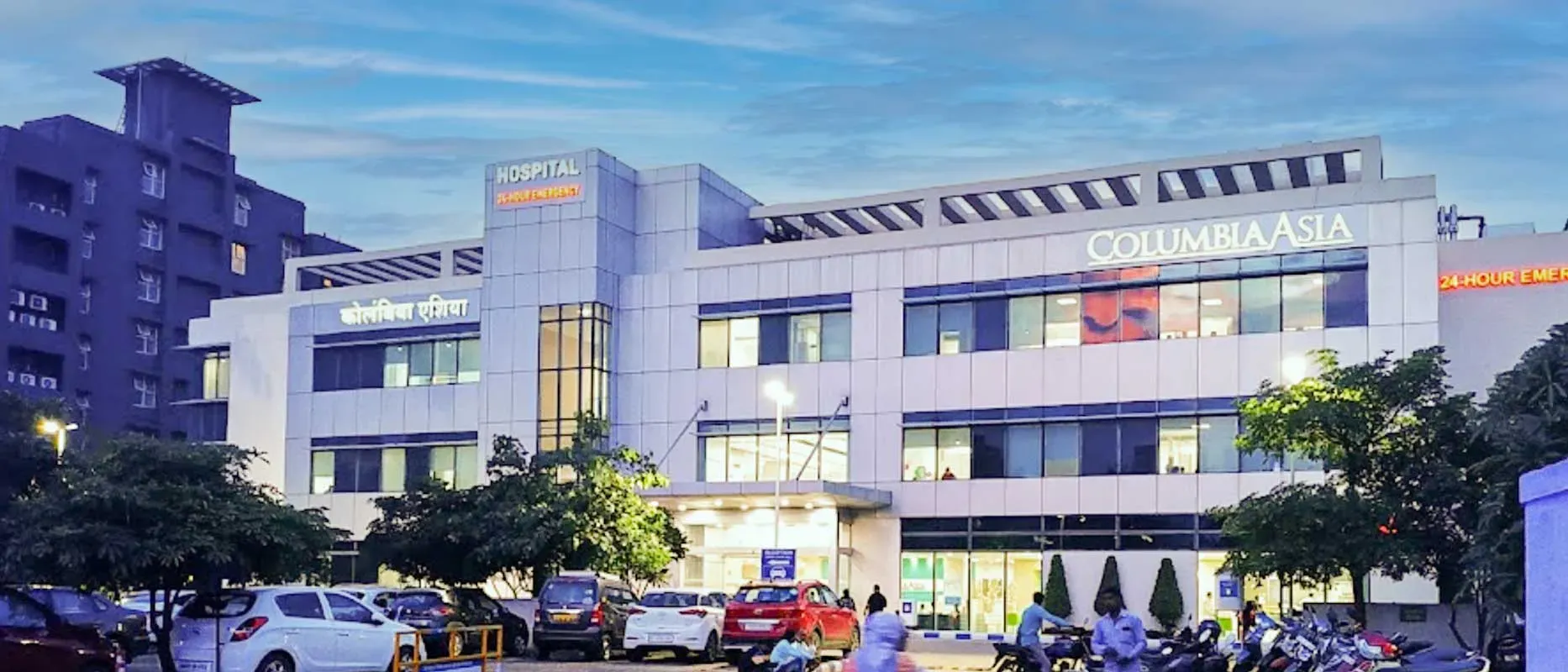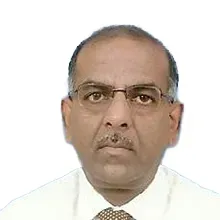Overview of Scoliosis Surgery Treatment India
Scoliosis is a condition when the shape of normal curves of the spine becomes abnormal. Normally, the spine has natural curves but when these curves move sideways they can cause problems. Scoliosis is a spinal deformity where the spine becomes like the shape of ‘C’ or ‘S’. When the spinal curve exceeds 40-50 degrees in an abnormal way, the scoliosis surgery treatment is performed. The surgery involves the realignment and fusion of vertebrae. Scoliosis is a type of major surgery which takes several months to properly heal. Normally scoliosis surgery treatment takes 12 months of recovery period. Most of the scoliosis surgeries are successful. Almost 60-80% of surgeries have good results. The scoliosis surgery treatment is important to provide stability to the trunk and reduce the deformity of the spine by limiting the progression of abnormal curves in the spine. Surgical treatment may be recommended for severe cases or when non-surgical methods fail. In early stages, bracing and physical therapy is used to treat scoliosis but in the advanced stage, when scoliosis exceeds the angle of 45 degrees, the scoliosis surgery treatment is required. The most common surgical procedure for scoliosis is spinal fusion, where the vertebrae are fused together by the help of bone grafts and metal rods or screws to correct the curvature. For young patients, the spinal fusion is mostly performed.
Types of Scoliosis Surgery Treatment India
There are different types of techniques by which scoliosis surgery can be performed. These are:
- Spinal fusion
- Anterior/posterior spinal fusion
- Thoracoscopic surgery
- Vertebral body tethering
Spinal fusion
This scoliosis surgery is the most common where two or more vertebrae fused together by using bone grafts or by using metals and rods. It is used to limit the progression of abnormal curves in the spine.
Anterior/Posterior Spinal Fusion
According to the need and specific condition of the patient when spinal fusion is performed from the front by incision in the abdomen or chest area, it is referred as anterior spinal fusion. When the spinal fusion is performed from the back by incision in the back it is referred as posterior spinal fusion.
Thoracoscopic Surgery
Thoracoscopic surgery is a minimally invasive scoliosis surgery in which a surgeon makes small incisions and with special kind of surgical instruments and a tiny camera, access to the spine. This technique reduces the size of the incisions and increases the recovery rate.
Vertebral Body Tethering (VBT)
VBT is a new surgical technique which is used to treat scoliosis in young patients, usually in adolescence. In this procedure, a flexible cord is placed along the length of the spine, which is then tightened to correct the curvature. VBT has the advantage of flexibility and growth which is not present in other techniques.
Procedure of Scoliosis Surgery
Anesthesia: The anesthesia is given to the patients to reduce the feeling of pain and irritation during scoliosis surgery.
Incision: A long incision is made over the involved area of the spine. The location and length of the incision may vary depending on the type and severity of scoliosis.
Exposure: The surgeon moves muscles and tissues to access the spine.
Correction: The surgeon uses a combination of techniques and instruments, such as rods, screws, hooks, or wires, to straighten and realign the curve of the spine.
Fusion: in this, bone grafts are placed between the vertebrae that provide fusion and stability. The bone grafts may be obtained from the patient's own body or from the other person. In some cases, artificial implants of synthetic materials are used.
Instrumentation: The suitable instruments according to demand of patients such as rods, screws are attached to the spine to provide stability and maintain the correct posture and curves of spine.
Closure: The surgeon carefully closes the incision by using sutures. Dressings with medications are applied to reduce the chances of infection.
Recovery: pain medications and blood thinners are given to the patients to reduce the complications after surgery and speed up the recovery process.
Diagnosis of Scoliosis Surgery Treatment India
Here are the common steps involved in diagnosing scoliosis:
Physical Examination
During a physical examination, the doctor will assess the patient's spine for signs of curvature or asymmetry.
Adam's Forward Bend Test
The doctor may ask the patient to bend forward at the waist while the doctor views the spine from behind. This test helps to evaluate the curvature of the spine more accurately.
Measurement of Spinal Curvature
To determine the severity of the scoliosis, the doctor uses a tool called a scoliometer that measures the Cobb angle. The Cobb angle is measured on X-rays by the health professionals.
X-Rays
X-rays of the spine are usually taken to confirm the presence of scoliosis and also measure the degree of curvature, and assess the spinal structural appearance.
Additional Imaging Tests
The imaging tests such as magnetic resonance imaging (MRI) or computed tomography (CT) scans may be used to scan the spinal structures more closely and it also gives the idea of the spinal cord compression or other abnormalities.
Cost of scoliosis surgery in India
The cost of scoliosis surgery in India is typically between $8000 and $12000. The success rate of scoliosis surgery can vary according to the curvature of the spine, the patient's medical condition, their age, the location of the hospital, and the skill of the surgeon.
Cost of different scoliosis surgery techniques in India:
| Treatment Cost in India |
Min Cost in Dollar |
Max Cost in Dollar |
| Thoracoplasty |
$ 2500 |
$ 4000 |
| Osteotomy |
$ 4000 |
$ 5000 |
Symptoms and Risk factors
The indications for scoliosis surgery include:
- Severe deformity of normal spinal curve
- Progression of the curvature
- Exceeding Cobb angle
- Pain and discomfort
- Respiratory or cardiac compromise
- Cosmetic concerns or significant body asymmetry
Risk Factors of Scoliosis Surgery
Here are some risk factors associated with scoliosis surgery:
Infection
There is a risk of developing an infection at the site of surgery. The use of preventive medicines and maintaining sterile conditions during surgery helps reduce this risk.
Bleeding
Risk of bleeding is present in almost every surgery. So precautions are necessary to control bleeding during the procedure. Sometimes excessive bleeding may occur which require other treatment or blood transfusions.
Nerve Damage
There is a small risk of nerve injury during surgery that can lead to complications such as weakness, numbness and paralysis. The risk is low but can vary depending on the complexity of the surgery and the location of the scoliosis.
Instrumentation Problems
The screws, rods, or other devices used for spinal stabilization may experience complications such as loosening, breakage, or displacement. These issues may require additional surgery.
Nonunion
In some cases, the fusion may not fully happen or fuse together properly. This condition is called nonunion or pseudarthrosis and may require revision surgery.
Imbalance or Stiffness
Spinal fusion can result in a reduction in spinal flexibility and, in some cases, lead to stability problems or stiffness in adjacent areas of the spine.
Blood Clots
During and after surgery, there is a risk of developing blood clots that can also travel to the lungs and cause more complications. The blood clots in major organs can also lead to death.
Anesthetic Complications
General anesthesia carries its own risks which include allergic reactions, adverse reactions to medications, or complications related to the anesthesia.
Top Hospitals for Scoliosis Surgery in India
Shaping the future of the healthcare institution and establishing the path to accomplishment.
Top Doctors for Scoliosis Surgery in India
Empower your Health with the Expertise of Leading Medical Professionals.
Dr. Hitesh Garg Spine Surgeon
Department of Spine Disorder
Senior Consultant
Book Appointment
Treatment Costs for Scoliosis Surgery
Be the change and be an opportunist in transforming healthcare.
How it's Works
Guiding your Journey from Discovery to Treatment Planning and Beyond.
Discovery
Get a consultation to discover about your treatment
Pre-Treatment
Admission to the best hospital and all pre-treatment facilities
Post Treatment
Get post-treatment follow-up care with medicine fulfillment
Treatment Planning
Hassle-free treatment planning with package & cost estimations
in-treatment
world-class quality procedures and equipment for treatment























